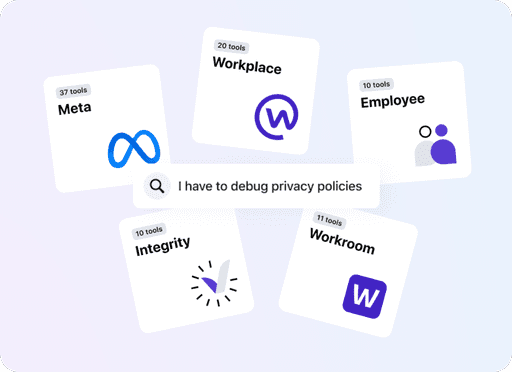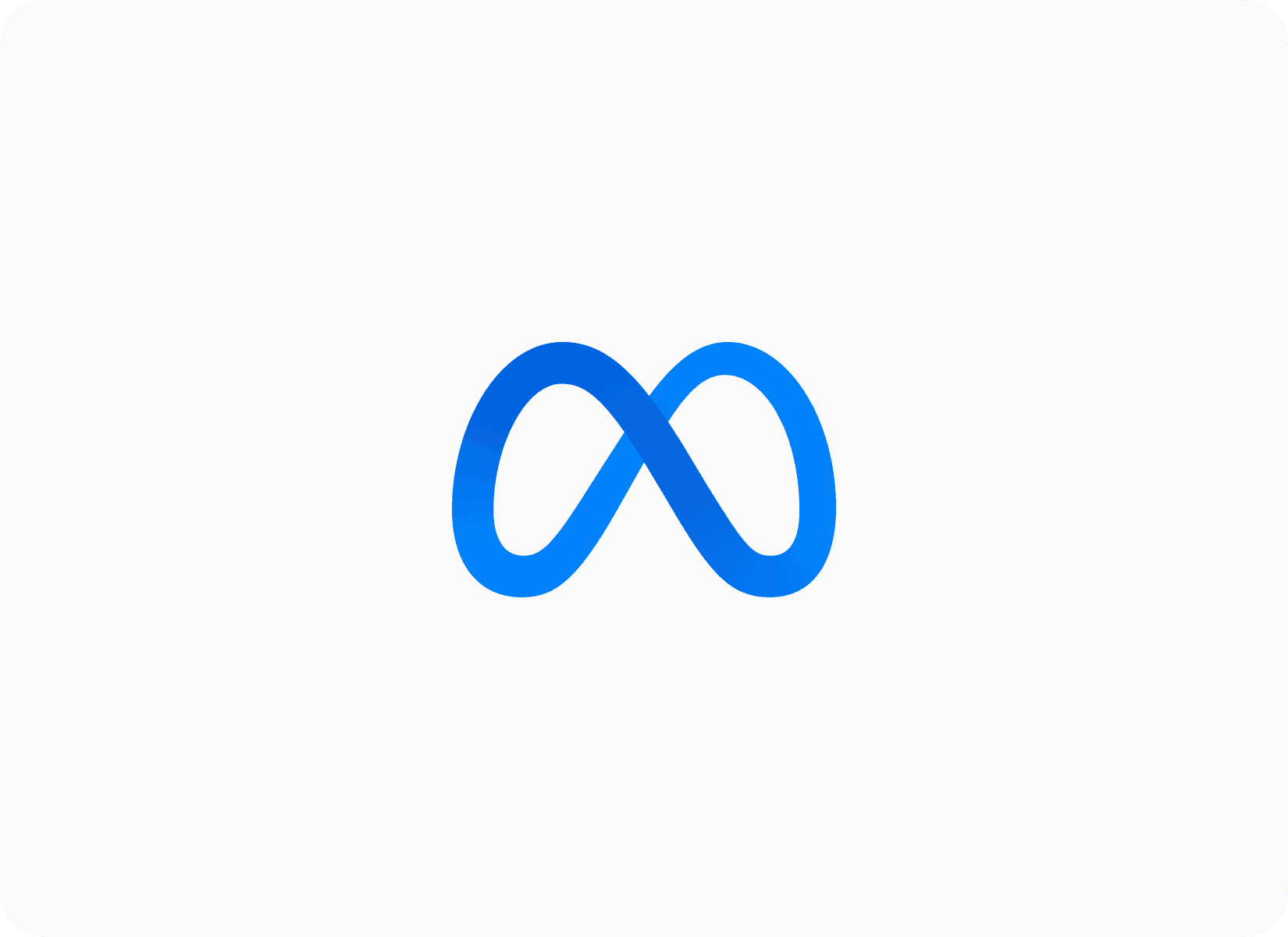Hada Bookings
Lead Product Designer · Mobile

Product Summary
Hada is an online marketplace platform for beauty & wellness that aims to empower small business owners and provide customers with a seamless experience that fosters long-term relationships in an overcrowded market.
Role
·
Co-founder
·
Lead Product Designer
Duration
Mar 2022 - present
Tools
·
Figma
·
Miro
·
Airtable
·
After Effect
Deliverables
·
User research
·
User flow
·
Information architecture
·
User testing
·
Prototyping
Teams
·
Product Manager
·
Product Designer
·
UX Researcher
·
3 Software Engineers


Challenge as a lead designer/co-founder
I face the challenge of building an app from scratch while navigating the delicate balance between revenue models, user needs, and business objectives. It requires careful consideration of various factors to ensure the success of the product.
business goal
To revolutionize the beauty industry in North America by creating a cutting-edge scheduling and booking platform that enhances the customer experience and streamlines operations for salon owners.
hada’s opportunity
With a growing demand for beauty services such as hair styling, nail care, spa treatments, and more, customers are increasingly relying on digital platforms to discover, book, and manage their appointments. However, the current market lacks a comprehensive and user-friendly solution that addresses the pain points of both customers and salon owners.
Strengths
Availability for each stylists
Integrated payment system
User-friendly interface
Weaknesses
Limited customization for stylists

Fresha

Booksy
Strengths
Visual communication
Direct interaction
Influencer marketing
Weaknesses
Limited service information
Lack of scheduling integration


Line
Hada aims to address the identified weaknesses by providing a comprehensive community specifically tailored to beauty industry needs.
Key opportunity
Focus area
Booking
Focus area
Communication
Focus area
Searching
Strengths
Map integration
Community engagement
Comprehensive search
Weaknesses
Review bias
Lack of beauty-specific criteria


Yelp
User research
Customers have limited ability to explore and compare service providers
Our survey, which garnered 26 responses, uncovered significant gaps between customer decision-making factors and the existing search ecosystem for booking beauty service appointments.
key pain points
🚩 Too many point of contacts
Customers expressed difficulties in choosing from too many booking methods.
🚩 Unreachable beauty trends
🚩 Over-reliance on reviews
Customers heavily rely on reviews, prioritizing popularity over finding the best fit for their specific needs.
🚩 No shows
Customers easily forget their appointment without notifications, which cause a high number of no-shows.
Project Goal
How might we streamline the booking process to provide customers with a centralized place and help them to have a better decision-making, seamlessly integrating with social media for inspiration and staying up-to-date?
User persona & Flow
Through my analysis and user interviews, I gained a deeper understanding of the users and their behaviour when customers make an appointment. I transformed these insights into tangible personas, allowing me to shape the overall product by defining unique motivations on high-level.
Mapping features
From the touch points and needs gleamed from the empathizing phase, I mapped out product features to outline priorities and organize upcoming design efforts. These exercises laid the foundation for our MVP.
Feature Prioritization
Aligned teams’ objectives, and features
Flow chart
Ensured that users can navigate the app intuitively
Low-fi sketches
Helped revealing design gaps early in the process
User testing
Through 6 in-depth user tests and 18 heat-map tests, we gained valuable insights on user behavior and identified areas for improvement in key flows of our booking platform. These findings have guided us in refining the end design and enhancing the overall user experience.
Confusion between Discovery & Search
They thought that the search page provides recommendations, without realizing that there is a separate feature available.
The function of searching was scattered
The hierarchy on filters was confusing

Trouble locating the recent styles
The previous process navigated users to the Like page under a specific designer category and then visited their landing page.
Too many steps to see update’s from a stylist
Discovering new and old stylist’s updates was separated
Final solutions
Personalize recommendation
User scenario
Customers look for inspiration for their next booking according to their preferences.
Solution
Explore authentic work by stylists
An instant booking based on their preferred style
Design goal
Flexible



Actionable service lists
User scenario
Users aim to find the ideal stylist nearby by comparing their past work and reviews.
Solution
Create an individual portfolio for each
Showcase their featured works and specialties
Design goal
Accessible

Linear booking communication
User scenario
Customers desire to see availabilities and book within a single app without having to leave it.
Solution
Combine exploration, consultation and booking in a central place
Design goal
Comprehensive


Next Step
How to improve for longer-term development
Use a priority mapping approach
Once the product launches in late 2023, prioritize design iterations based on revenue-driven features first, then move on to general usability issues.
Align with our management platform
Make sure that any new features or changes in flow are consistent with your management platform.
Recruit pioneers for usability testing
Start recruiting pioneers to test our Beta version. This will help us form and consolidate the platform into a complete product.











